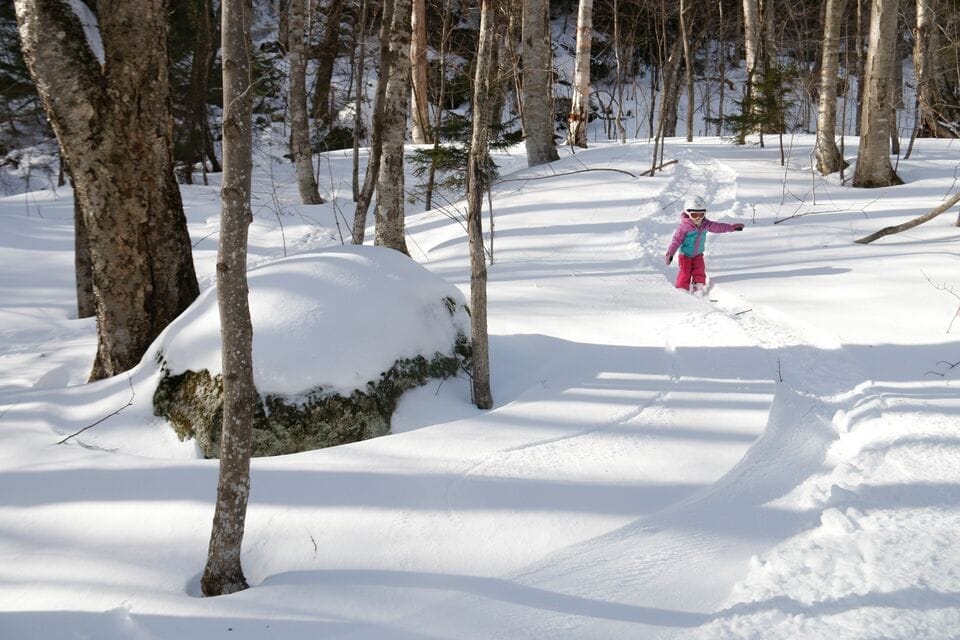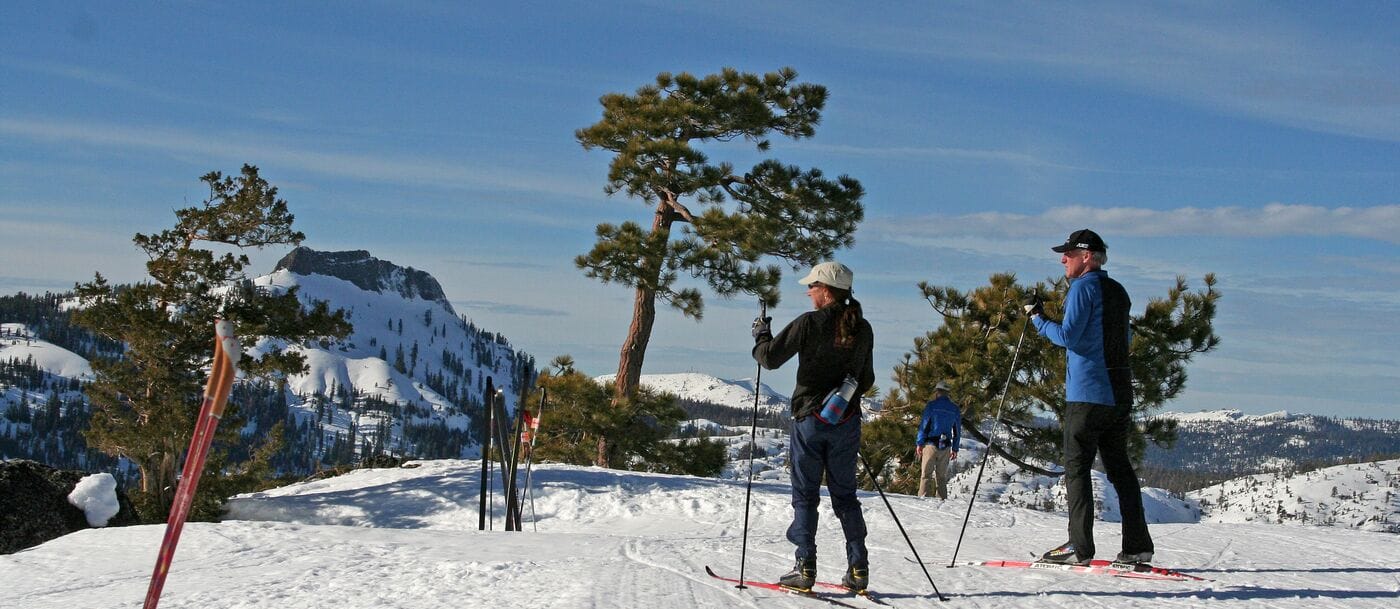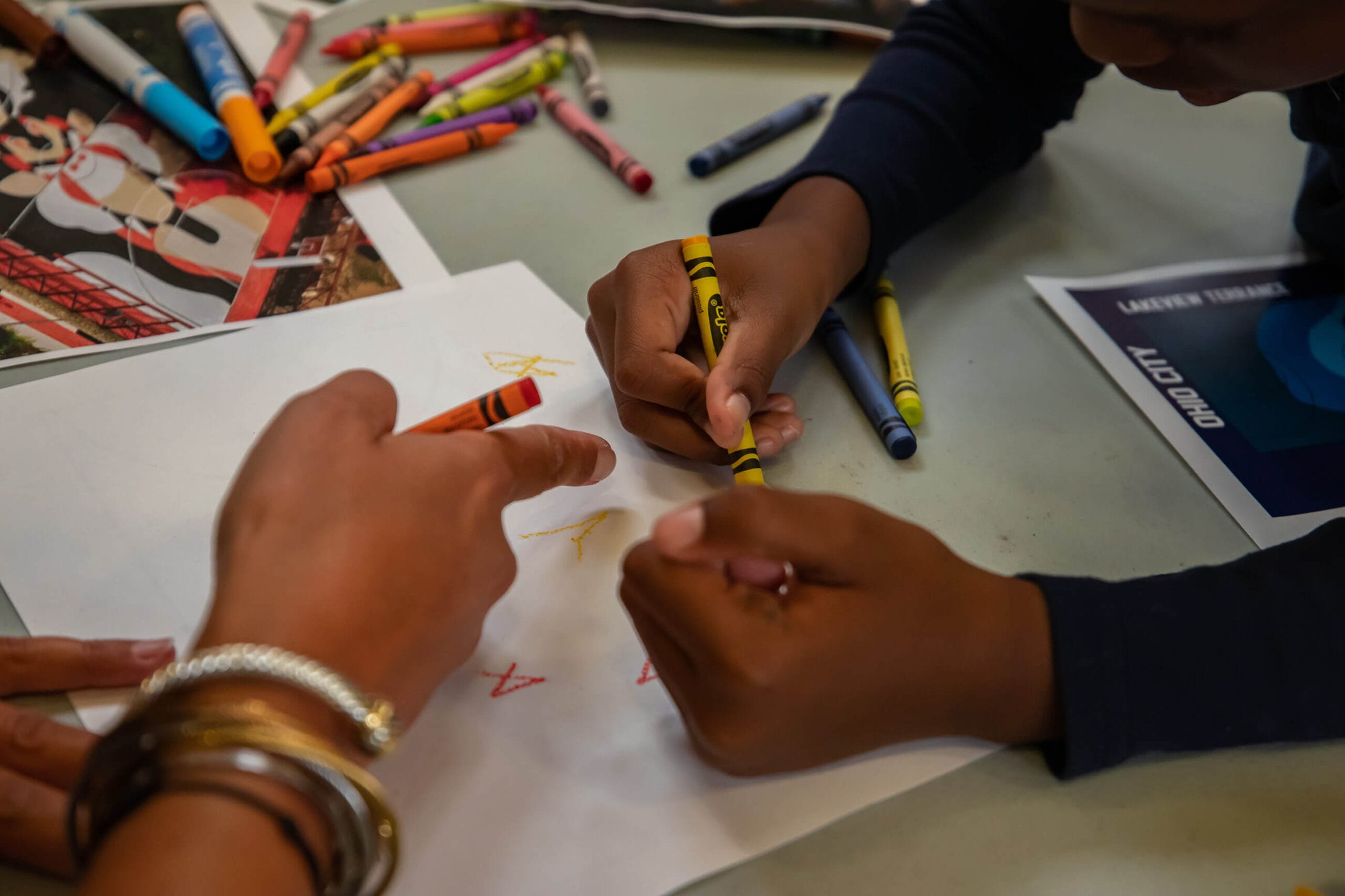
Land with a legacy of service is St. Paul’s newest park
Land with a legacy of service is St. Paul’s newest park
Earlier this week, St. Paul celebrated the opening of its newest green space: a one-of-a kind park and urban demonstration farm. But before the dancing and drummers, the custom art and the composting workshops—there was Frogtown.
The curious name dates back to the days when this part of St. Paul was marshland, fed by the Mississippi River. The area was still on the outskirts of the city in 1880, when the Sisters of the Good Shepherd purchased property here for a girl's home. Over the next 80 years, the sisters housed and educated more 8,000 of the city's orphaned and homeless children. Hundreds of nuns took their vows here, pledging "zeal for improving the lives of others."
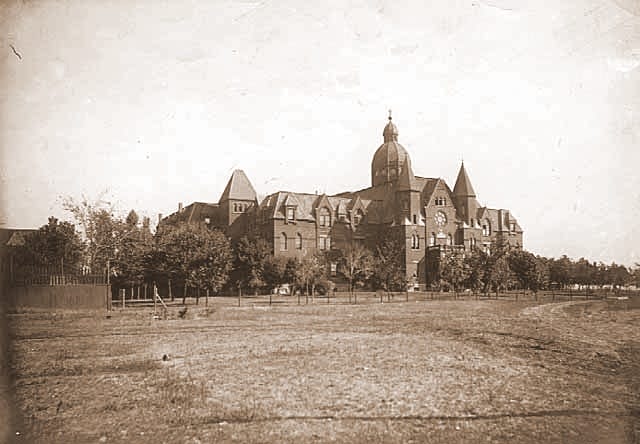
In 1969, the Sisters of the Good Shepherd relocated and their property was taken up by another nonprofit, the Amherst H. Wilder Foundation. When they, too, had to move, the foundation worked with The Trust for Public Land to transfer the site to the City of St. Paul for use as a new park.
No part of the city needed one more. Nearly half the community lives below the poverty line, and more than one in three residents is under 17. Though it's one of the most densely child-populated areas of St. Paul, there's less green space in Frogtown than in any other neighborhood—just 0.006 acres per child.
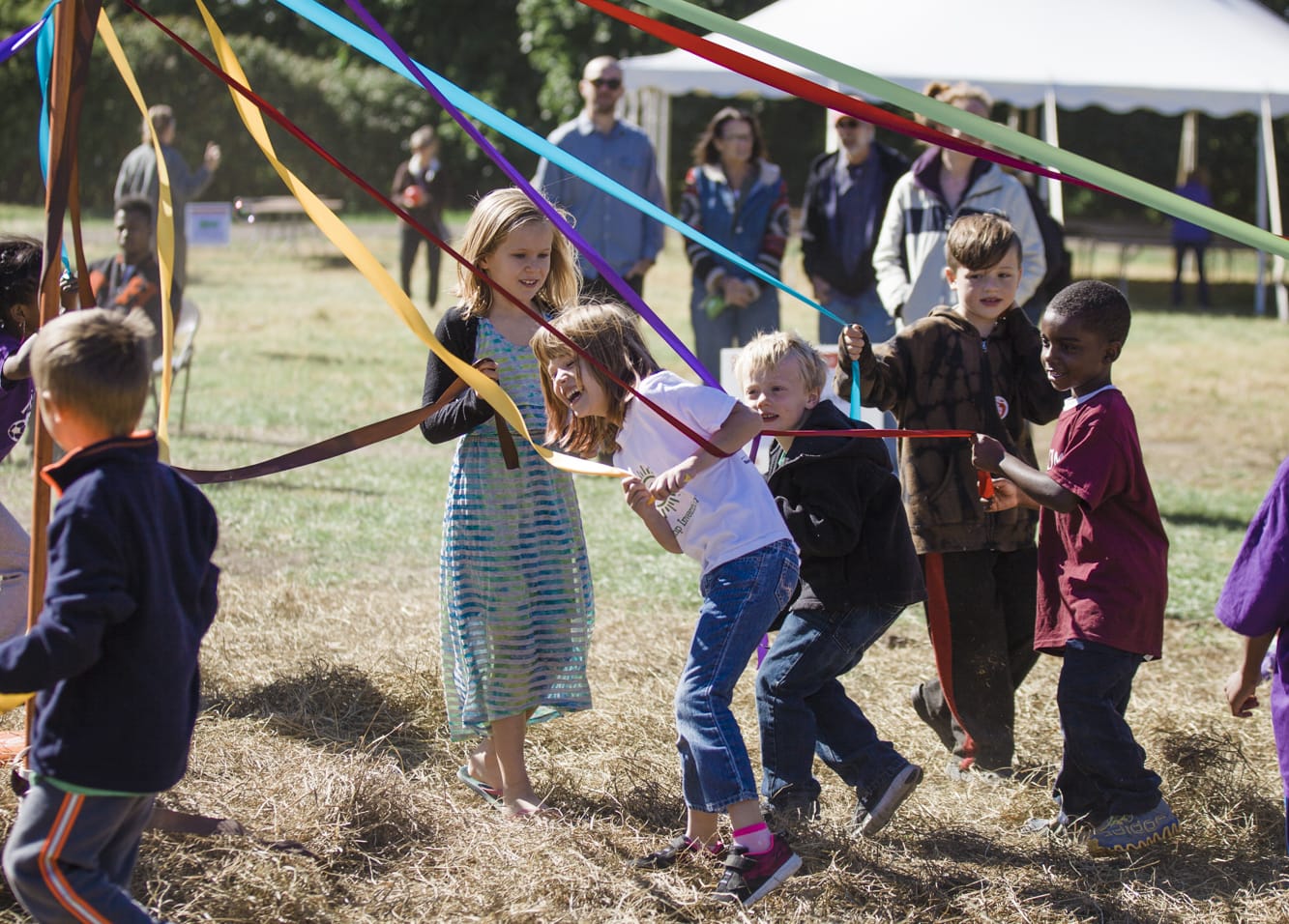
The design for Frogtown Park and Farm emerged from a series of neighborhood meetings over the past four years. Often packed to capacity, the assemblies drew participants as diverse as Frogtown itself: the Vietnamese and Hmong communities, African Americans, East African immigrants, Latinos, and whites—both newcomers and Polish families who settled here a century ago. Though their backgrounds differed, attendees shared a sense of the park's potential. "A lot of these people came from farming traditions," says neighbor Seitu Jones, among the first to advocate for a park here."They are aching to get back to the land."
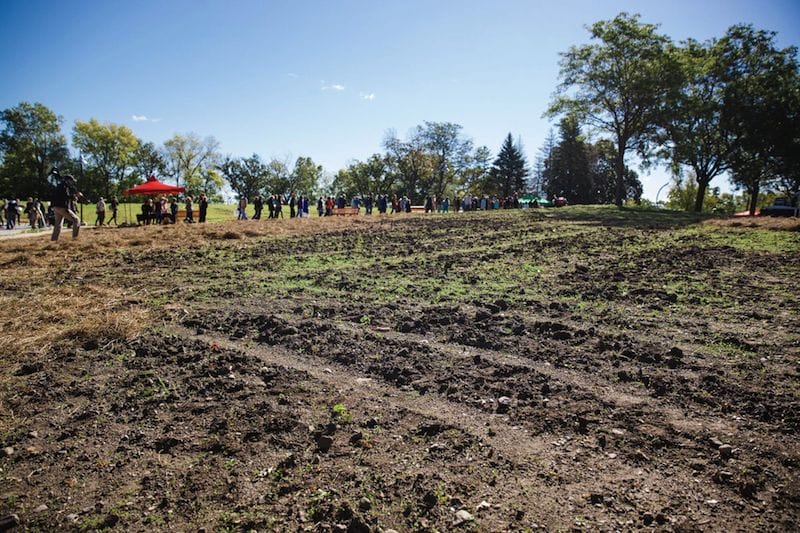
Now, there's a place to do that. The site includes a five-acre demonstration farm, one of the largest of its kind in the country. With greenhouse facilities in the works, Frogtown Farm will eventually supply locally grown produce year-round to neighborhood restaurants, markets, and community groups. Beyond the fields, the park will feature an amphitheater, playground, open space, and—best of all in the Minnesota winter—a sledding hill.
Learn more about the creative placemaking process behind Frogtown Park and Farm in the fall/winter 2014 issue of Land&People magazine.
Support for Frogtown Park and Farm comes from state lottery funds, through the Environment and Natural Resources Trust Fund, as recommended by the Legislative Citizen Commission on Minnesota Resources, the City of St. Paul, and many individuals and foundations.
One-third of Americans, including 28 million children, lack safe, easy access to a park within a 10-minute walk of home. Urge your senators to pass the Outdoors for All Act to create parks and enhance outdoor recreational opportunities before the congressional session ends!


Donate to become a member, and you’ll receive a subscription to Land&People magazine, our biannual publication featuring exclusive, inspiring stories about our work connecting everyone to the outdoors.
See how our supporters are helping us connect people to the outdoors across the country.



